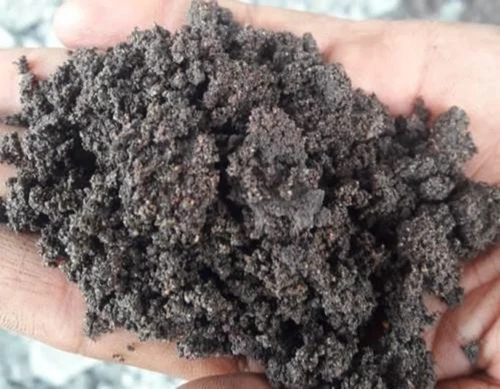Get In Touch With Us
© 2024 Created By MetalTradeMines

India’s thriving metal-recycling industry relies on transparent, efficient export procedures for by-products like copper sludge, nickel sludge and zinc ash. Navigating the regulatory environment—from DGFT notices to port procedures—guarantees timely exports, compliance with hazardous-waste regulations and maximized incentives. This handbook takes you through every step to make your metal-sludge exports smooth sailing.
The Directorate General of Foreign Trade (DGFT) provides policy guidelines regulating hazardous by-products:
Hazard Classification
Metal sludges are classified as hazardous wastes under the Hazardous and Other Wastes (Management & Transboundary Movement) Rules, 2016.
Export Policy
Refer to the DGFT’s Foreign Trade Policy (FTP) Annexure for items designated “Restricted” or requiring mandatory authorization.
Annual Notifications
Monitor DGFT Public Notices and Handbooks for updates to regulated by-products lists and procedural changes.
Correct harmonized system (HS) classification ensures smooth customs clearance:
| By-Product | HS Code | Description |
|---|---|---|
| Copper sludge | 2620.91.20 | Sludges from copper hydrometallurgical operations |
| Nickel sludge | 2620.91.90 | Other metal sludges (including nickel) |
| Zinc ash | 2620.91.40 | Zinc-bearing ash from pyrometallurgy |
Use these EXIM codes on shipping invoices, shipping bills and customs declarations to avoid classification disputes.
Before shipment, secure all necessary approvals:
Pollution Control Consent
“Consent to operate” from the State Pollution Control Board under the Water and Air Acts.
Export Authorization
Apply via the DGFT’s online portal (DGFT ANA) for your IE Code (Importer–Exporter Code) and any Restricted-item license.
PCB No Objection Certificate
In certain states, obtain a standalone NOC for hazardous-waste exports.
Efficient customs handling depends on correct valuation, classification and documentation:
Valuation
Declare the transaction value per Customs Valuation Rules, 2007, including treatment and handling charges.
IGST Exemptions
Exports are zero-rated under IGST—claim refunds on input taxes paid for processing equipment and reagents.
Shipping Bill Filing
File shipping bills electronically via ICEGATE, ensuring EXIM codes, IEC and HS codes match your DGFT license.
Key export hubs—Mumbai, Mundra, Nhava Sheva—each have specific requirements:
Pre-Shipment Inspection
Third-party inspection (e.g., RITES or FSSAI-approved labs) to certify packaging and labeling compliance.
Clearance Window
Submit shipping bills, PCB consent, MSDS and test certificates at least 48 hours before vessel arrival.
Shipping Line Conditions
Ensure container liners and IBC totes meet carrier standards for moisture- and leak-proofing.
Leverage India’s trade agreements and export schemes:
Free Trade Agreements (FTAs)
Preferential duties under FTAs with ASEAN, South Korea and Japan reduce import tariffs in destination markets.
SEZ Benefits
Export from a Special Economic Zone to enjoy duty-free input procurement and simplified GST procedures.
Export Subsidies
Under the Merchandise Exports from India Scheme (MEIS), eligible metal by-products can earn reward scrips redeemable against duties.